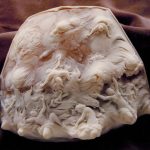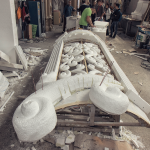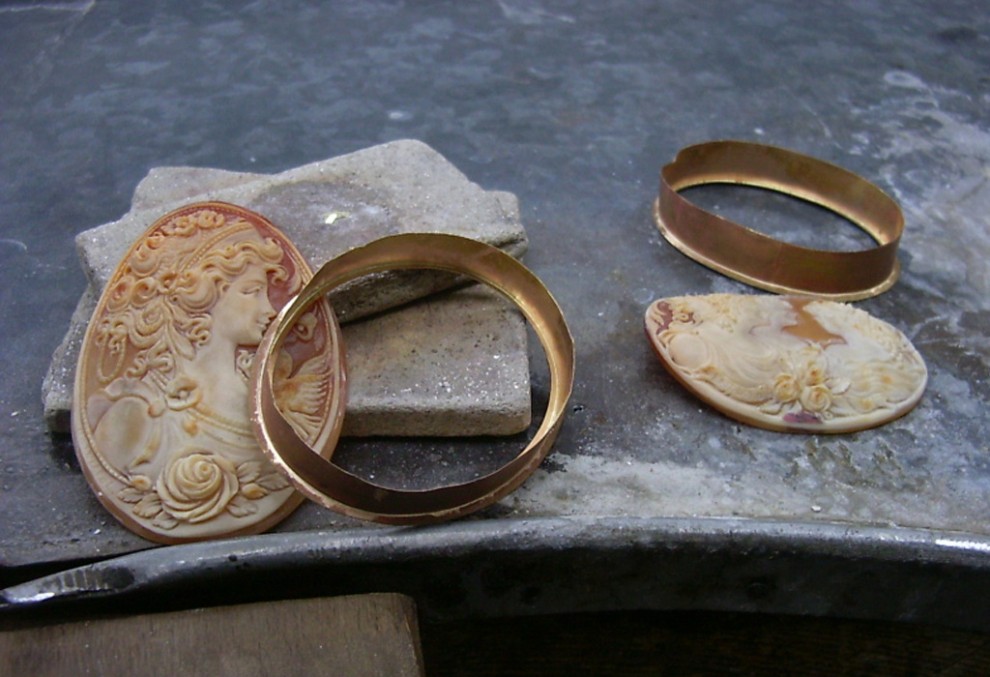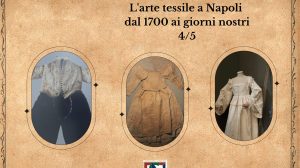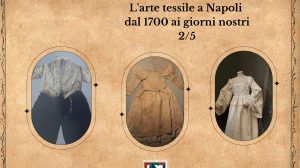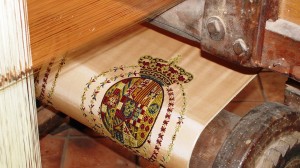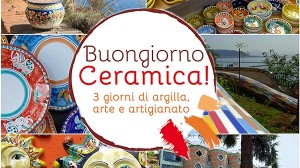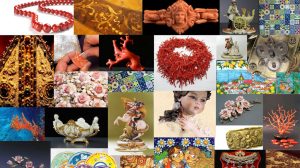A cameo is a kind of jewel obtained through the incision of a shell or a layered stone. The art of carving a cameo, also called glyptics, is to represent mythological scenes or deities on a stone, a shell or on other suitable material. The incision is a very ancient art dating back to the Mycenaean civilization in Greece, then refined in Cyprus and Crete.
The history of cameo, its use and manufacture can be summarized as follows :
XII century B.C. – the decline of the Mycenaean civilization led to a decline of the art of engraving on precious stones.
XI /VIII century B.C. – the art revived thanks to the Greeks who proved better than Mycenaean in the carving of gems
III / II century B.C. – the bas-relief carving technique improved following the introduction of materials with more colors and more layers, such as the sardonyx shell and agate from Arabia and India. The most important creation in low-relief on sardonyx of that time is the Farnese cup, a libation plate currently preserved at the National Archaeological Museum of Naples .
1500 – the carving of cameos on a shell started to be perfomed in Europe, since until then the main shell used for the realization of cameos (the Cypraecassis rufa) was unknown.
1800 – the art of cameo developed in Torre del Greco and intertwined with that of the coral, thanks to the arrival of huge quantities of shells from Africa. This way, Torre del Greco proved able to overcome the crisis in the coral working that had deeply affected its artisan shops when rich coral reefs were discovered in Sciacca, Sicily, provoking not only a saturation of the market, but also a geographical shift of its processing.
1876 – Mr Giovanni Della Rocca, member of Parliament, obtained a decree which established the School of Coral engraving and Industrial artistic design in Torre del Greco. The town thus became one of the world leading centers in the processing of coral and shells, devoted to the education and training of young people in the art of engraving.
Indeed, the coral School in Naples is still the leader in the most modern methods of processing cameos and coral, above all in the mentioned area of Torre del Greco.
Processing of cameo takes different steps:
The first step consists in choosing the shell suitable for engraving; the shells used to produce cameos are the ‘sardonic’ from the Caribbean or Bahamas, which have white figures on a brown background thus resulting in a better-defined incision, and the ‘carnelian’ from Africa coming in a reddish colour.
The next step consists in the ‘scoppatura’, the cutting of the “cup” – the superior and convex part of the shell that will be used. Then the shape of the cameos to obtain, typically oval or round, is plotted on the inner surface of the “cup”.
The final step is the ‘aggarbatura’, that consists in giving the piece the desired shape (usually oval or round). At this point the pieces obtained are fixed on a spindle of wood. After this operation there is the chipping, i.e. the abrasion of the outermost part of the shell in such a way as to leave the surface layer clear to be engraved; then the engraver draws on the surface the subject to reproduce. The piece is finally perfectioned by glossing and degreasing it.





